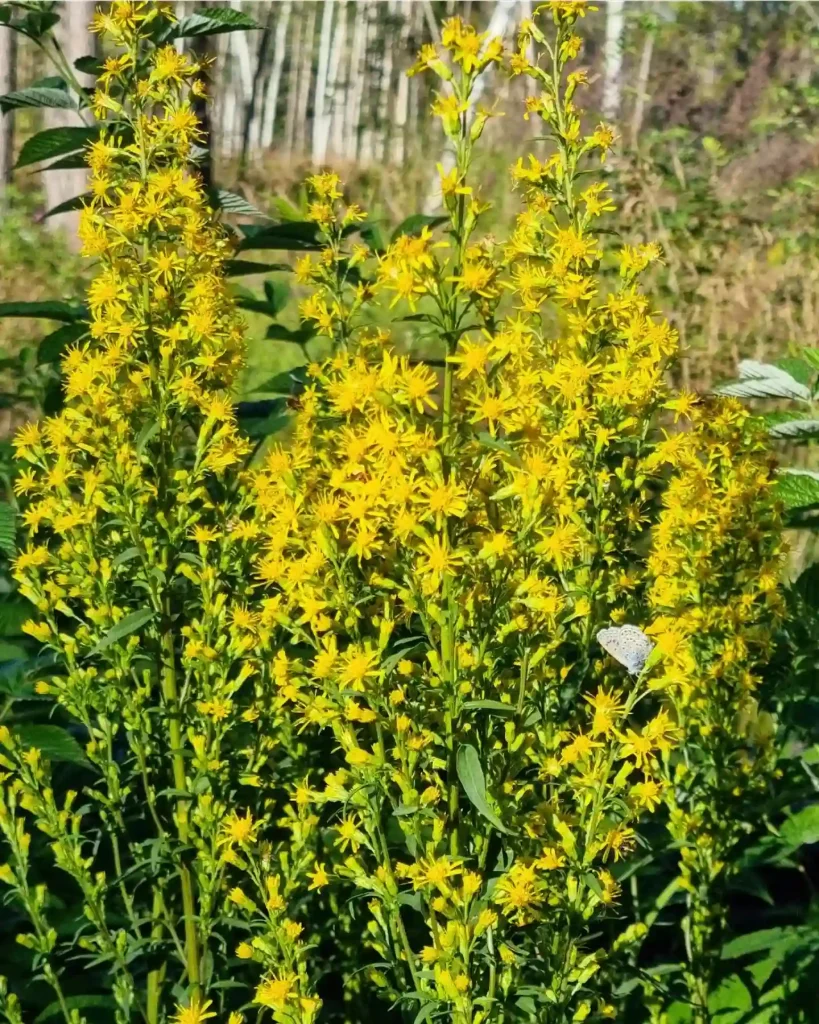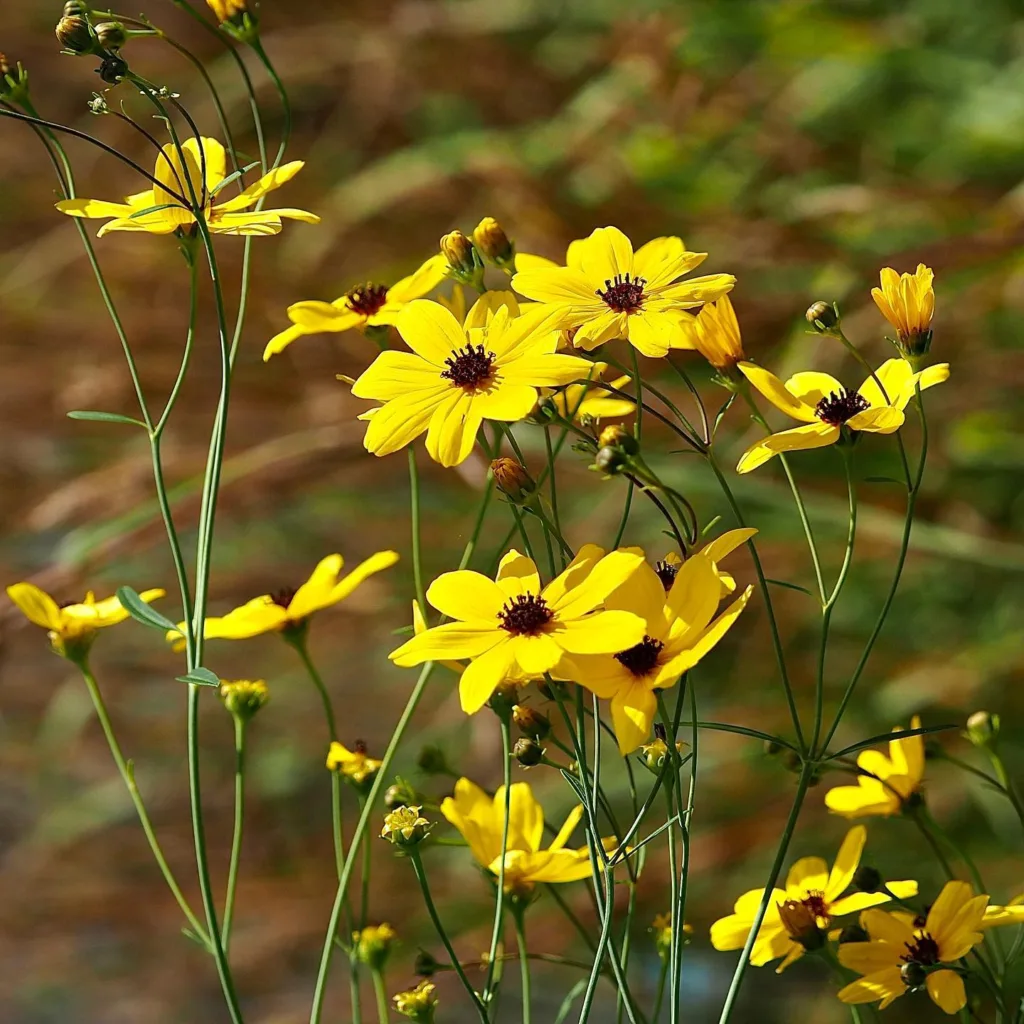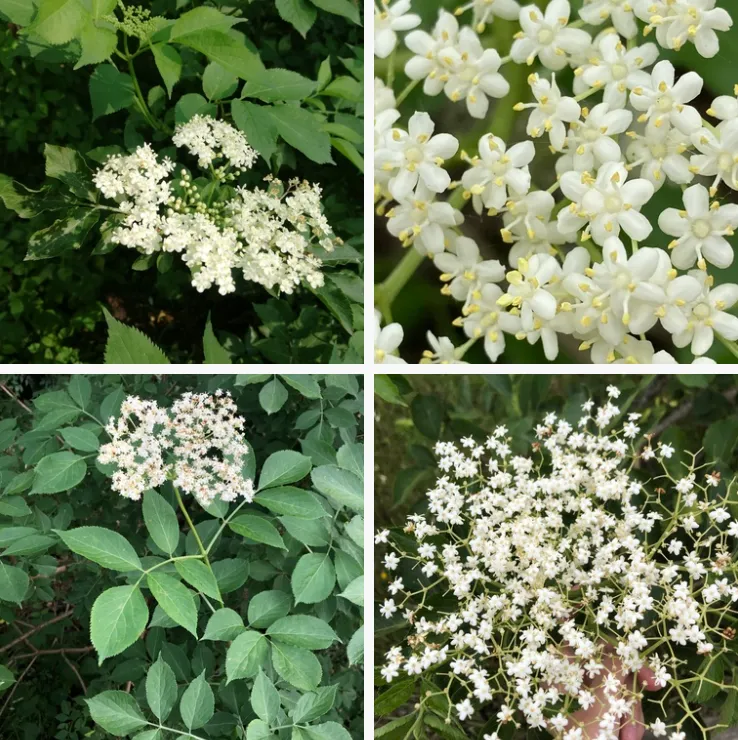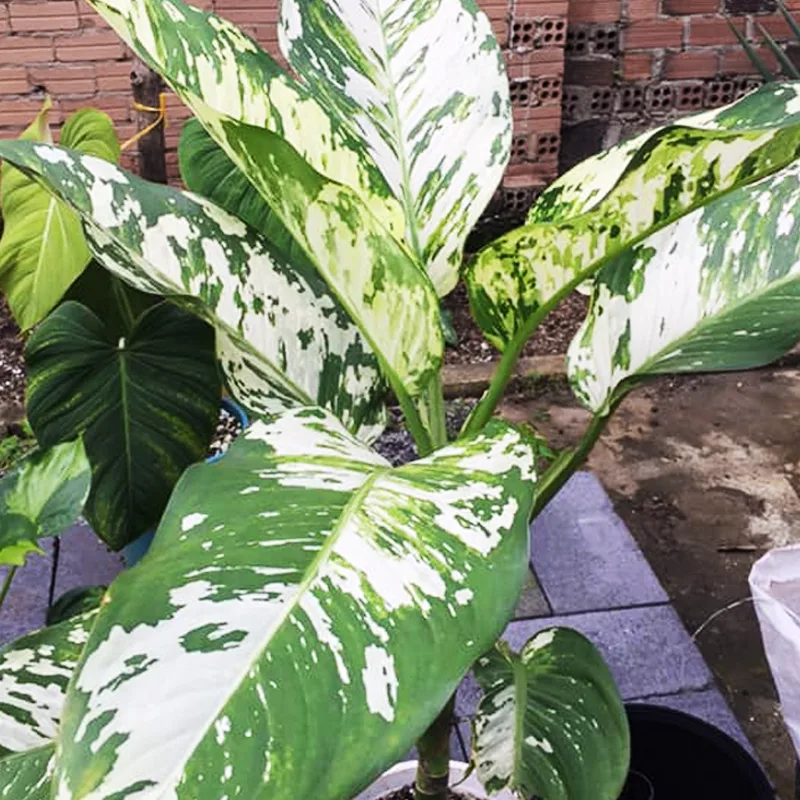
What is Tradescantia Navicularis?
The Tradescantia Navicularis, also known as the Chain Plant or Inch Plant, has stolen a place in many hearts (and homes) with its cascading, succulent foliage. But with a name like that, you might have some questions. Fear not, plant enthusiasts! I’m Ferb Vu, and I’m here to answer your burning Tradescantia Navicularis FAQs.
This little wonder can go by two names: Tradescantia Navicularis or Callisia Navicularis. Both are correct! The botanical world can be a confusing place, and sometimes plants get reclassified. Whichever name you hear, you’re referring to the same charming succulent.
86 Species in Genus Tradescantia
Tell Me About Those Looks
The Tradescantia Navicularis is a visual treat. Its cascading stems are adorned with plump, boat-shaped (hence the “navicularis” part of the name) leaves. These leaves can be a vibrant green, or boast stunning variegations of purple, pink, or red depending on the variety and light conditions.
This plant is relatively small, typically reaching only 3 to 12 inches in height, but it can sprawl up to a meter wide. Its trailing nature makes it a perfect candidate for hanging baskets or shelves, where its foliage can gracefully drape down.
Sunshine, Please! (But Not Too Much)
The Tradescantia Navicularis thrives in bright, indirect sunlight. Think dappled light filtering through leaves or a spot near a bright window with a sheer curtain. Too much direct sun can scorch the leaves, so be mindful of placement. Don’t worry if you don’t have a perfectly lit spot – this adaptable plant can tolerate lower light conditions, though the growth might be slower and the leaves less vibrant.
Watering Wisdom
Here’s the golden rule: water your Tradescantia Navicularis when the top inch of soil feels dry to the touch. Avoid soggy soil, as this can lead to root rot. Let the excess water drain freely from the pot. Remember, underwatering is generally better than overwatering.
As with most plants, watering needs will fluctuate depending on the season and climate. You might need to water more frequently during the hot summer months and less often in the cooler winter.
Is Tradescantia Navicularis Easy to Care For?
Absolutely! The Tradescantia Navicularis is a low-maintenance plant, perfect for busy plant parents or beginners. It doesn’t require any fancy fertilizers, and with proper watering and lighting, you’ll be rewarded with a healthy, cascading chain of succulent leaves.
How’s Tradescantia Navicularis Different from Tradescantia Zebrina?
These two Tradescantia varieties are close cousins and share some similarities. Both are known for their trailing growth habit and colorful foliage. However, there are some key differences.
The Tradescantia Zebrina, also known as the Inch Plant or Wandering Jew, has wider, more elongated leaves with a distinct purple underside. It can also tolerate lower light conditions better than the Tradescantia Navicularis.
Ultimately, the best choice depends on your preference. If you love vibrant colors and a compact size, the Tradescantia Navicularis might be your perfect match.
Can I Propagate It?
Absolutely! Propagating your Tradescantia Navicularis is a breeze. You can take stem cuttings with a few leaves and plant them in moist potting mix. Another easy method is water propagation: simply place a stem cutting in a jar of water and wait for roots to develop before transplanting it to soil.
Any Pests or Problems to Watch Out for?
Thankfully, the Tradescantia Navicularis isn’t particularly prone to pests or diseases. However, keep an eye out for common houseplant pests like mealybugs or spider mites. You can treat them with insecticidal soap or neem oil.
With a little TLC, your Tradescantia Navicularis will thrive for years to come, adding a touch of cascading charm to your home. So, what are you waiting for? Welcome this delightful succulent into your life!
If i die, water my plants!



